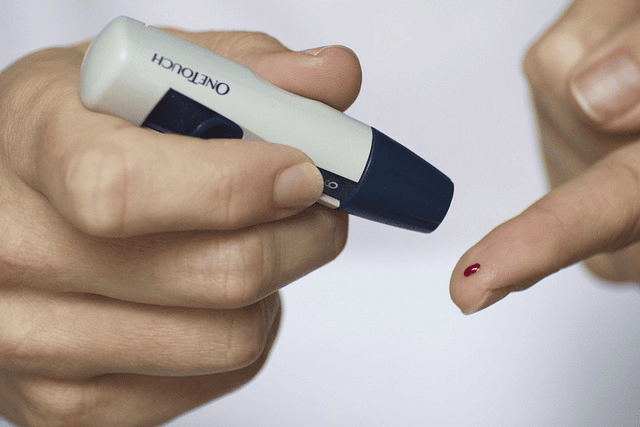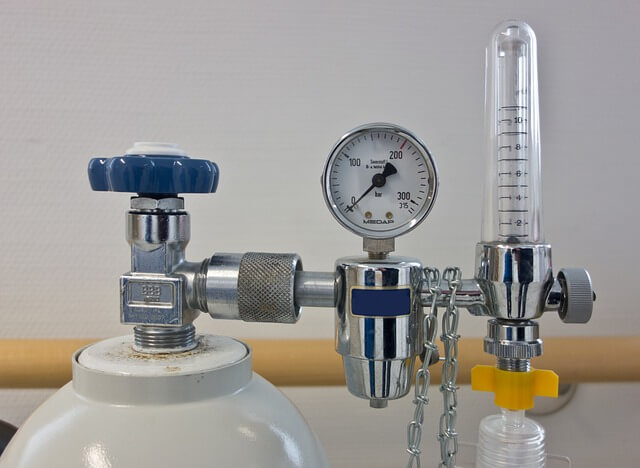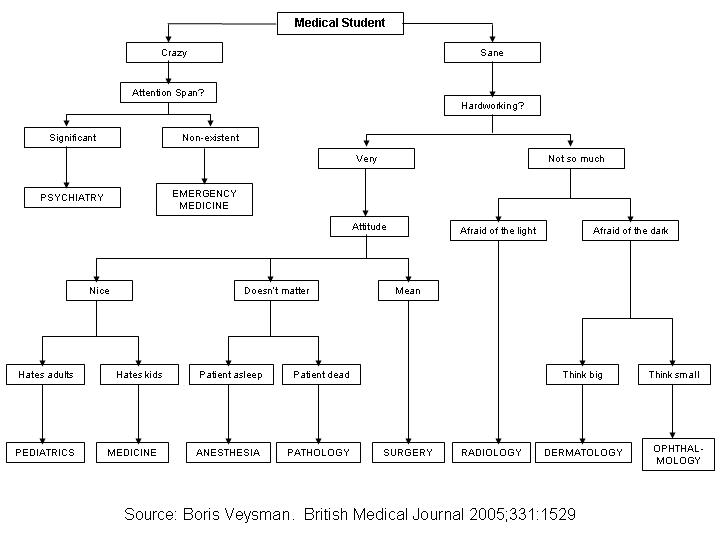
When you are first diagnosed with diabetes, it is never easy. While it is a disease that affects about 537 people worldwide, according to the International Diabetes Federation (IDF), this news can be overwhelming, but you are not alone. You can easily get help from friends and family to healthcare providers. You also have to make some lifestyle changes and a management plan that will guide you to stick to the best practices. Here are some to help you navigate this new chapter successfully.
1. Educate Yourself
Empower yourself with knowledge where you’ll know everything regarding the condition, from the type, causes, symptoms, and treatment options. Focus more on categories to comprehend the characteristics of each and the best management methods.
You have many resources to consider when learning more about diabetes. However, you need to target reliable sources run by world-class entities like the CDC (Centers for Disease Control and Prevention) and the ADA (American Diabetes Association). Your hometown hospitals and clinics are also good sources, as most of them offer educational programs. During these visits, ask questions about your condition like:
2. Incorporate Physical Activity
Set time aside for workouts to boost your diabetes management plan. As you exercise, you progressively reduce your blood sugar levels while improving insulin sensitivity. You can try different physical exercises like:
- Running
- Swimming
- Cycling
- Yoga
- Dancing
Remain consistent by creating a perfect schedule that aligns with your lifestyle. You can easily boost your motivation for workouts by setting clear goals. This could be anything from running a certain distance to improving your flexibility through yoga. Ensure to choose activities you genuinely enjoy.
3. Monitor and Manage Blood Sugar Levels
Effective diabetes management starts with active monitoring of blood sugar levels. This allows proper identification of any fluctuations or patterns in the readings. You can know how different activities, meals and medication influence the levels using these details.
As technological improvements are made in medical equipment and systems, monitoring your sugars is becoming more simplified. You can now easily use CGMs (continuous glucose monitors) or glucose meters to track your diabetes through your smartphone using apps. What you need is to sync the software to your device, and you can get real-time glucose readings.
4. Develop a Healthy Eating Plan
Different foods affect your blood sugar differently; you need to target diabetes-friendly foods that won’t cause spikes in sugar levels, such as:
- Whole grains
- Avocado
- Leafy greens
- Nuts
- Lean Meats
- Berries
As you prioritize healthy habits, you may need to also practice carbohydrate counting and meal planning. This helps you determine the carbs you’ll take and distribute them uniformly throughout the day. Work closely with your nutritionist to determine the best meal plan to target based on your lifestyle.
5. Consult with Healthcare Providers
Book regular appointments with a healthcare provider who will monitor your progress. Begin by finding an endocrinologist to benefit from their in-depth understanding of these conditions. They will be more thorough and efficient in their remedies. You also need help from a nutritionist when choosing the proper meals to stick to.
A personalized diabetes management plan is important for medical interventions to bear fruit. This plan includes developing strategies to address medications and lifestyle adjustments.
Endnote
After being diagnosed with diabetes, you have actionable ways of controlling the condition and continuing to enjoy quality of life. You can easily do this by making some lifestyle adjustments while getting professional help and support from your loved ones. Investing in glucose monitors will help you track your glucose to better understand its pattern. Remember, diabetes management requires commitment and discipline to live a more fulfilling life.


